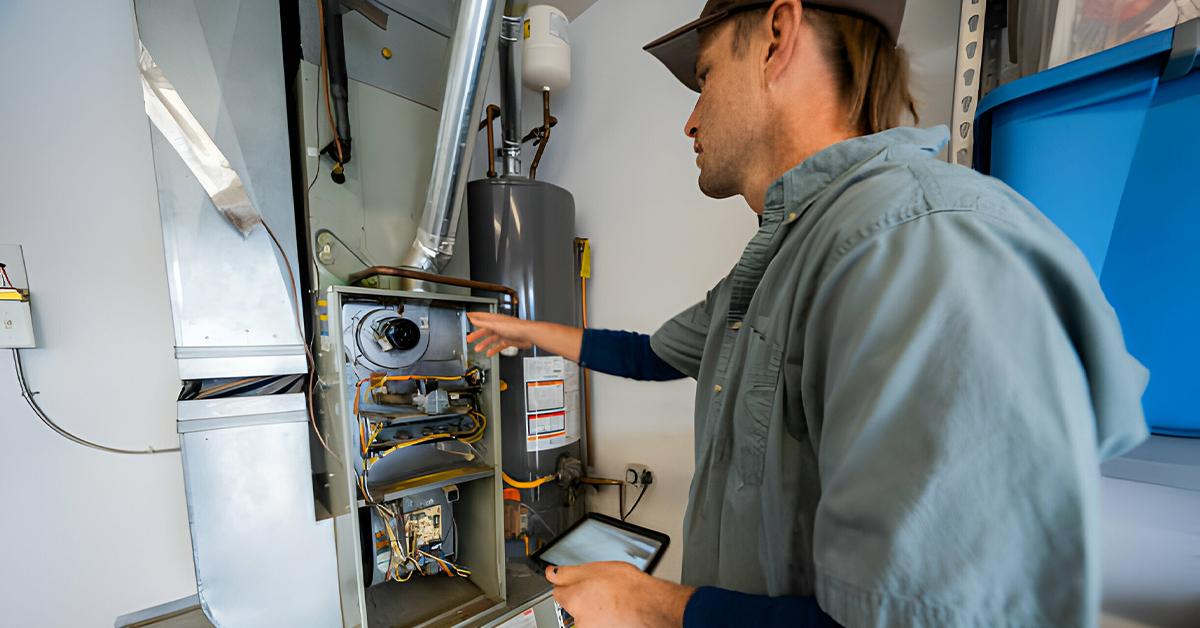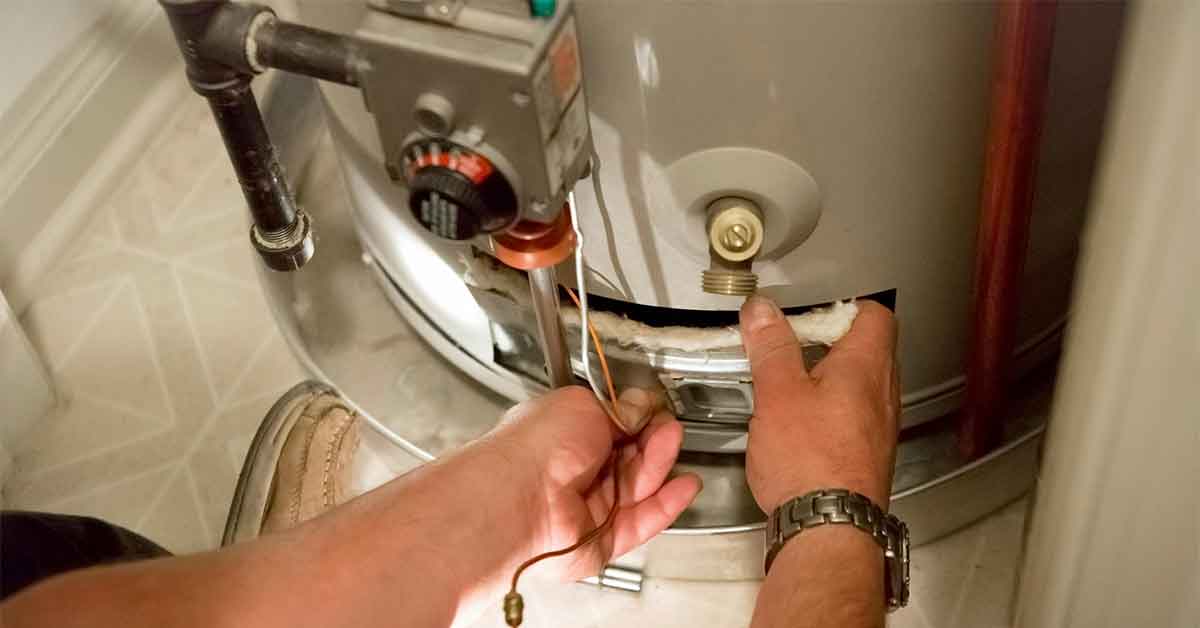Blog


Mastering the Art of Cozy Comfort: Heating Repair and Installation Guide
Welcome to the cozy and comfortable world! Coming home to a comfortable environment during the chilly months is unlike anything else in today’s fast-paced society. This blog is your go-to source for establishing the ideal climate control in your home, whether you’re trying to fix your current heating system or start a new heating installation.
Heating Repair: Troubleshooting and Solutions
- Uneven Heating: If you notice some rooms are colder than others or that your heating system struggles to maintain a consistent temperature throughout your home, it may be a sign of a problem. This can lead to discomfort and decreased indoor air quality.
- Strange Noises: Unusual sounds like banging, clanking, or whistling coming from your heating system could indicate issues with the components. Ignoring these noises may result in further damage to your system and potentially higher repair costs.
- Increased Energy Bills: A sudden spike in your heating bills without a corresponding change in usage is a red flag that your system may be working inefficiently, causing financial strain over time.
- Frequent Cycling: If your heating system turns on and off frequently, known as short cycling, it can wear out components faster and should be addressed promptly to avoid costly repairs.
- Unusual Smells: Strange odors, such as a burning or musty smell, can indicate problems like a dirty filter or a potential fire hazard. Ignoring these odors could put your safety at risk.
DIY troubleshooting tips for minor issues:
- Check Your Thermostat: Ensure it’s set to the desired temperature and is functioning correctly to maintain a comfortable indoor environment.
- Inspect Air Filters: Dirty filters restrict airflow and reduce efficiency. Regularly replace or clean them to ensure your heating system operates at its best.
- Clear Vents and Registers: Make sure they are unblocked to allow proper airflow, optimizing your system’s performance.
- Check for Leaks: Inspect for any water or gas leaks around your heating repair system. If you find any, turn off the system and contact a professional immediately to avoid safety hazards.
Heating Installations Demystified
Types of heating systems: Furnaces, heat pumps, boilers, and more:
- Furnaces: These use forced air to distribute heat and can run on electricity, natural gas, or oil. They are known for their quick and efficient heating capabilities, ensuring you stay warm during cold spells.
- Heat Pumps: They transfer heat between the indoors and outdoors, providing both heating and cooling. Heat pumps are energy-efficient and environmentally friendly, offering year-round comfort.
- Boilers: Boilers use water or steam to heat your home, making them a great choice for radiant heating systems. They deliver consistent, even heat and are ideal for colder climates.
Choosing the right heating system for your home:
- Size Matters: The system’s size should match your home’s heating needs. An undersized system won’t keep you warm, while an oversized one can be inefficient and lead to discomfort.
- Fuel Type: Consider the availability and cost of different fuel types in your area, ensuring you select a heating system that aligns with your budget and environmental preferences.
- Energy Efficiency: Look for systems with high AFUE (Annual Fuel Utilization Efficiency) ratings to save on energy costs, helping you reduce your carbon footprint while keeping your home cozy.
- Climate Considerations: Your local climate and insulation levels should influence your choice, ensuring your selected system can handle the demands of your specific environment.
The importance of proper sizing and energy efficiency:
- Load Calculation: Professionals perform load calculations to determine the right size for your heating system, preventing energy waste and optimizing performance.
- Energy Star Ratings: Look for Energy Star-certified systems, which meet strict efficiency standards and can significantly reduce energy consumption, saving you money over time.
Qualities of a reputable heating service provider:
- Licensing and Certification: Ensure the company and technicians are licensed and certified in your area to guarantee that you’re working with qualified professionals.
- Insurance: Verify that the company has liability insurance to cover any potential damages during the installation or repair process, providing you with financial protection and peace of mind.
- Experience: Look for a company with a proven track record and extensive experience working with your specific heating system type, ensuring you receive reliable and expert service.
Conclusion:
Your journey to heating repair and installation mastery ends here. Armed with the knowledge from this guide, you’ll not only conquer the winter chill but also enjoy the cozy comfort of a well-functioning heating system throughout the year. So go ahead, make your home the ultimate retreat, and let warmth be your constant companion. Remember, whether you’re fixing a faulty system or embracing an energy-efficient upgrade, the path to a warm and comfortable home starts with informed decisions. Happy heating!




